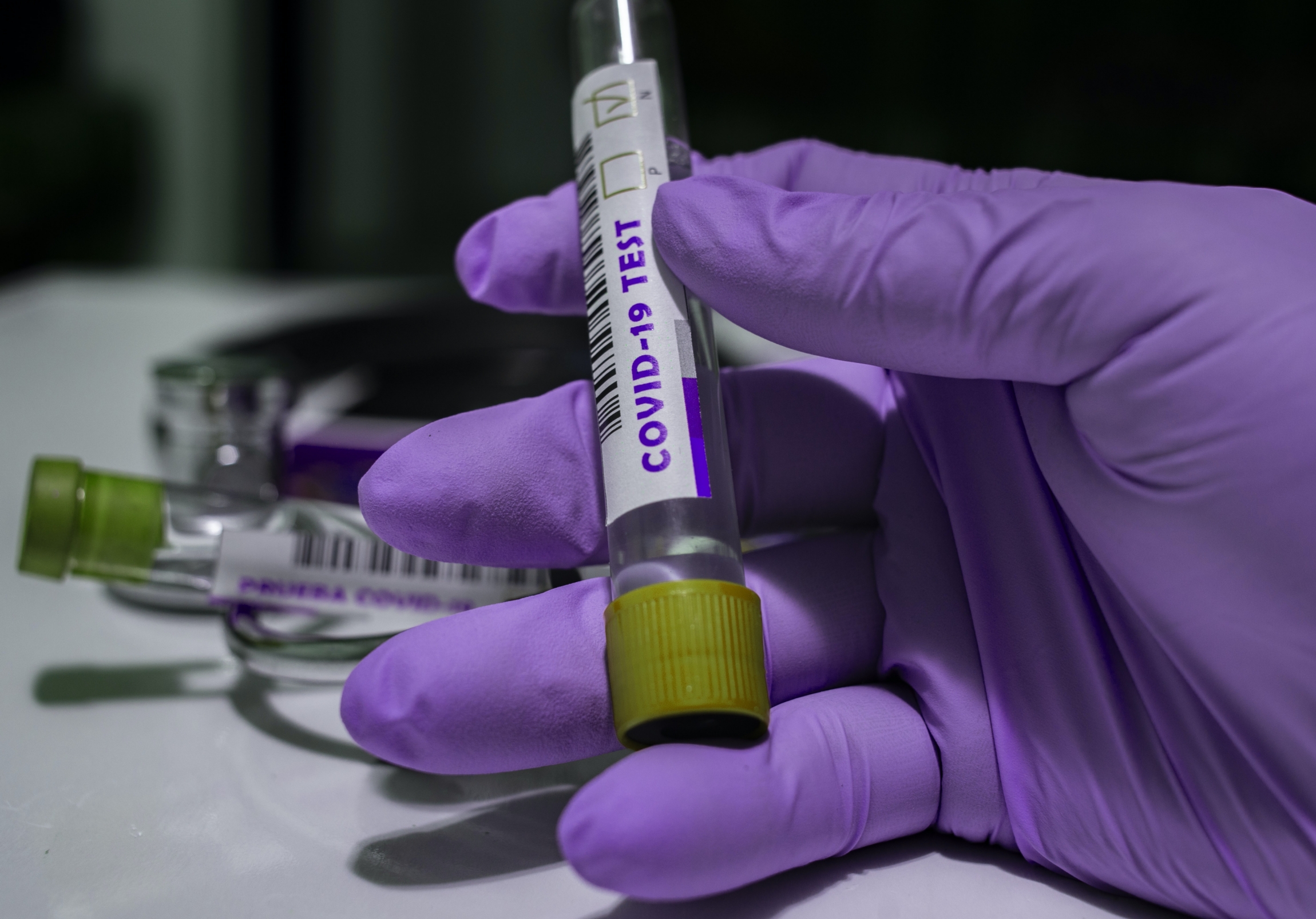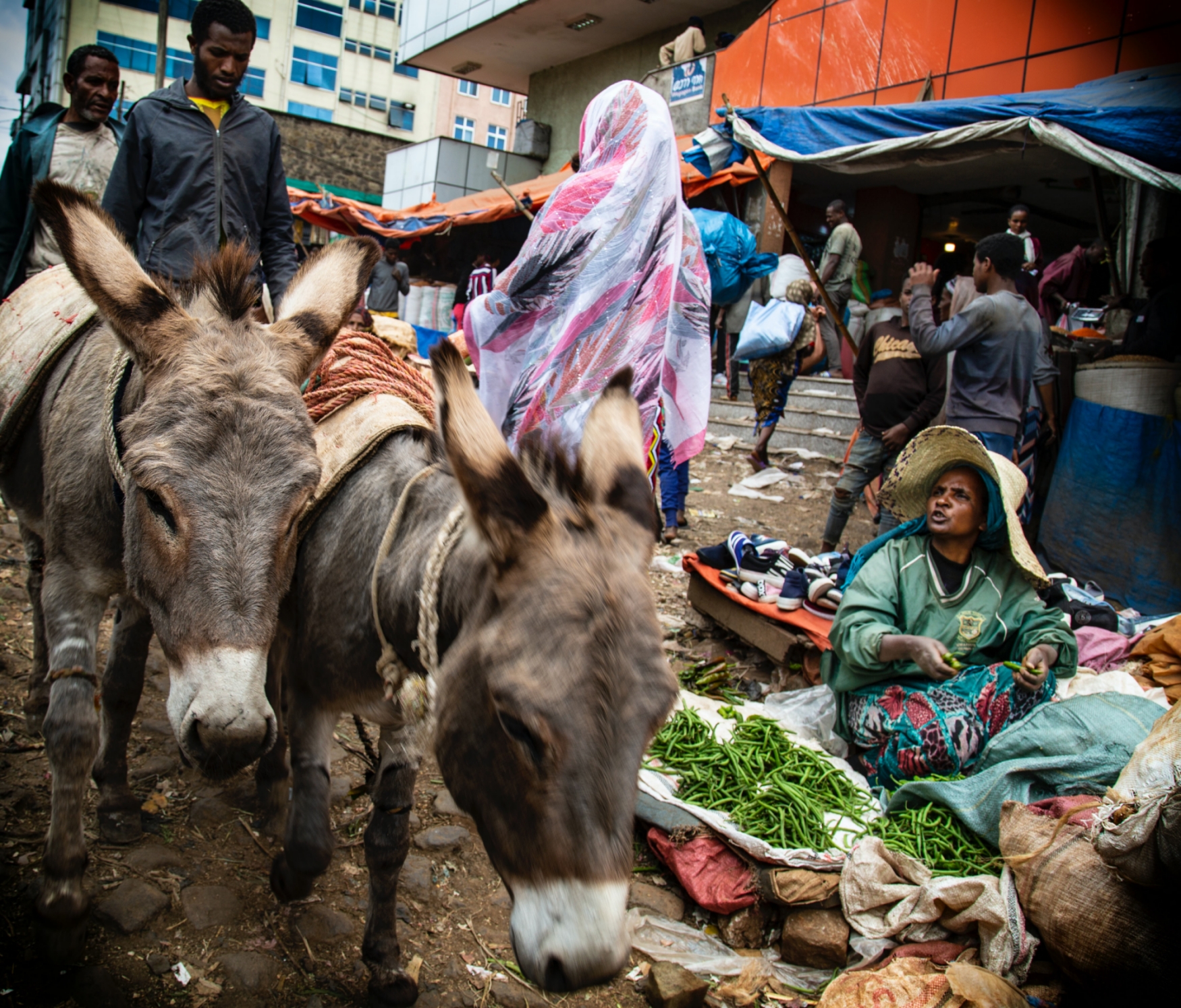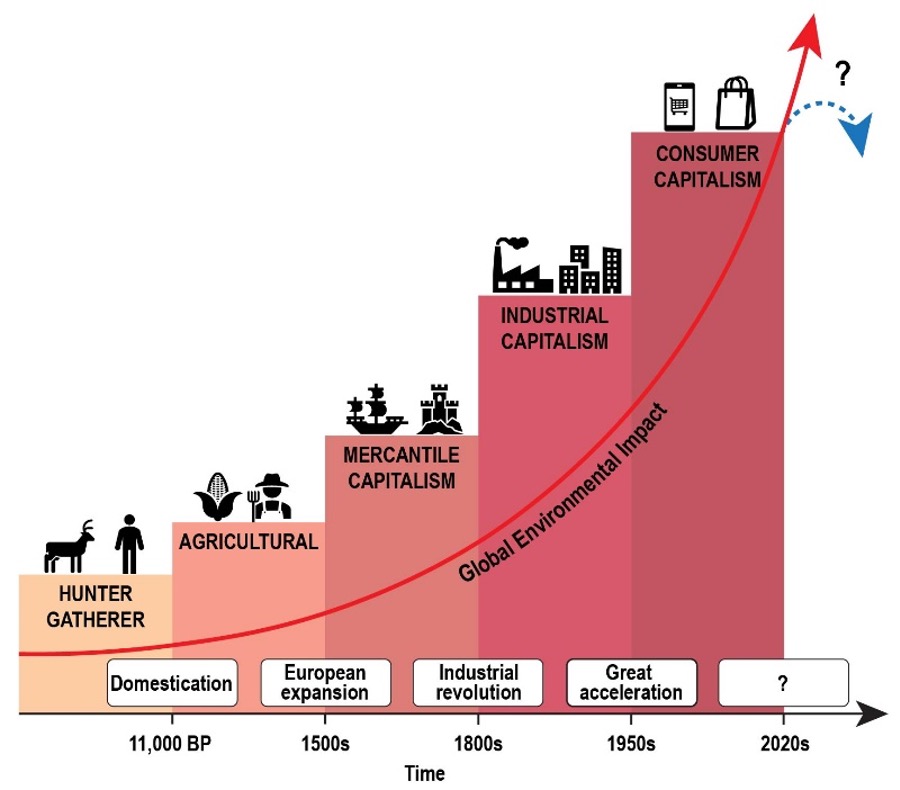Pandemics & Natural Hazards is a special series for the EOS Blog which looks at the compounding impacts of coinciding disasters. This second commentary is contributed by EOS Principal Investigator Professor Benjamin Horton.

The COVID-19 pandemic, which is sweeping the globe infecting 7.6 million and causing the death of 424,472 (as of 12 June 2020) has understandably superseded the issue that dominated the news, social media, political activity, business practice, and academic research for much of 2019 – the climate emergency.
But it is useful to consider, are these two issues related, do they both have the same underlying causes, and can the solutions be the same?

The novel coronavirus COVID-19 is believed to have originated at wildlife markets in Wuhan, China, and to have been transmitted to humans because of the proximity between wildlife and people. Our modern lifestyle helps create the conditions for new viral disease. Hunting, farming, and the global movement of people to cities has led to massive declines in biodiversity and thereby increased the risk of dangerous viruses spilling over from animals to humans. Major landscape changes are causing animals to lose habitats, which means species become crowded together and come into greater contact with humans.
The US Center for Disease Control and Prevention (CDC) estimates that three-quarters of new or emerging diseases that infect humans originate in animals. Some, like rabies and plague, crossed from animals centuries ago. Others, such as Marburg, which is thought to be transmitted by bats, are still rare. A few, like COVID-19, which emerged last year in Wuhan, China, and MERS, which is linked to camels in the Middle East, are new to humans and spreading globally.
Other diseases that have crossed into humans include: Lassa fever, which was first identified in 1969 in Nigeria; Nipah virus from Malaysia; and SARS from China, which killed more than 700 people and travelled to 30 countries in 2002–03. Some, like Zika and West Nile virus, which emerged in Africa, have mutated, and become established on other continents.
The characteristics of our complex connected modern way of life can then enhance the effects of disease occurrence. Thus, the spread of the disease can be rapid as in the case of COVID-19, initially because of the overcrowding, and then by travel for business and leisure nationally and internationally.

Disease outbreaks become epidemics, which can quickly become pandemics. Then, there is often an understandable reluctance to take the emergency measures needed to contain the disease because of the economic and social consequences of disruption of our day to day life. All these aspects of human activity are the same as those underlying the climate emergency. Indeed, could we even conclude that COVID-19 is yet another symptom of the unsustainability of modern human civilisation?
While human health research considers these wider social factors, it seldom considers the effect of the surrounding natural ecosystems. We should remember that the biosphere we inhabit is a vast interconnected array of species of microbes, plants, and animals co-existing in dynamic but stable ecosystems. There have always been viruses. Humans and viruses co-evolved, an arms race taking place over millions of years – as viruses get better at infecting human cells, so the cell’s defence mechanisms become stronger. For millennia, the forces of nature kept everything in balance, with death by viral disease playing a part, affecting all species, plants, and animals, including humans.
But in the 20th and 21st century, things have changed dramatically: Earth’s ecosystems have been subject to unprecedented levels of global change stemming from human activities, a period referred to as the Great Acceleration, including climate change, land use intensification, atmospheric pollution, and species extinctions and invasions. The human population grew rapidly to 1.6 billion by 1900 and to 6 billion by the end of the 20th century, in part because of our ability to prevent and treat emerging diseases. Subsequently, pressure on the environment continued to grow and the consequences of human-induced global change on the Earth’s ecosystems intensified.

Research suggests that outbreaks of animal-borne and other infectious diseases such as Ebola, SARS, bird flu and now COVID-19, have risen during this period, because pathogens are crossing from animals to humans more often. We are now in a continuous race to find new treatments and vaccines to keep up, and when a totally new, highly contagious virus appears, such as the new Coronavirus, we fall short, with tragic consequences.
So what, if anything, can we do about all of this? Short-term efforts are obviously focused on containing the spread of the COVID-19 pandemic and the search for treatments, and ultimately a vaccine. In the longer term – given that new infectious diseases will likely continue to spread rapidly into and within cities – I suggest that we need to change the way we live.
I recently published a paper arguing that the way humankind views its place on planet Earth is the cause of the many environmental crises we are facing and of the reluctance to take meaningful and urgent action to deal with them. This view gives humans the right to exploit everything on Earth for their own benefit regardless of the consequences, and the unhealthy planet that results (such as climate change and pandemics). Instead, I believe we should learn to live in harmony with life on Earth by respecting the land, the oceans, and the atmosphere from which everything derives.
We can use knowledge, creativity, and innovation to drive transformation in all sectors of society. This should be based on evidence derived from research, with Singaporean universities playing a major role fostering collaborative interdisciplinary investigations. We need to harness new technologies, not only in medicine, but to enable sustainable transport, energy provision, and food production. We need reform in our education systems and to embed these new ideas throughout society. New government policies need to incentivise these changes and instil these principles in commerce and industry.

As a result, in this sustainable way of life, we might be able not only to reduce the incidence of new animal-born diseases but also have a more resilient global economic, public health and social structure that can minimise the effects when they do arise. The drivers and pressures leading to unhealthy planet must be addressed. We must realise that healthy people, a healthy planet, and a healthy economy can be mutually supportive. We need an overhaul of current approaches to urban planning and development.
I would advocate for sustainability mobility, that is, achieving mobility that is efficient, accessible, safe, and green. Sustainable mobility can increase labour productivity, reduce the need for land for agriculture and reduce the costs associated with urban congestion and transport-related pollution. I would promote gender equality, including the right to inherit and own land, then food security and many health issues relating especially to women and children could be better addressed.
Change must come in both rich and poor societies, in all counties and in all cultures, in a spirit of international collaboration and co-operation. The only way environmental catastrophe can be avoided is by a profound change in the goals, motivations, and ambitions of our civilisation such that we recognise our place in nature as one species among millions and act accordingly. We must reject the negative forces of populism, nationalism, privilege, greed, and extremism—that oppose the influence of knowledge, reason, creativity, and innovation.
The novel coronavirus COVID-19 is having a horrendous impact on our world at the present time, but our response can demonstrate just how far we have come as a civilisation. When we finally emerge from the pandemic, the world has an opportunity to transform itself, a have a truly sustainable future, to create a fairer, healthier, and happier way of life for all the people on earth – let this be the legacy of the hundreds of thousands of people who have lost their lives.
A version of this commentary can be found in The Straits Times.